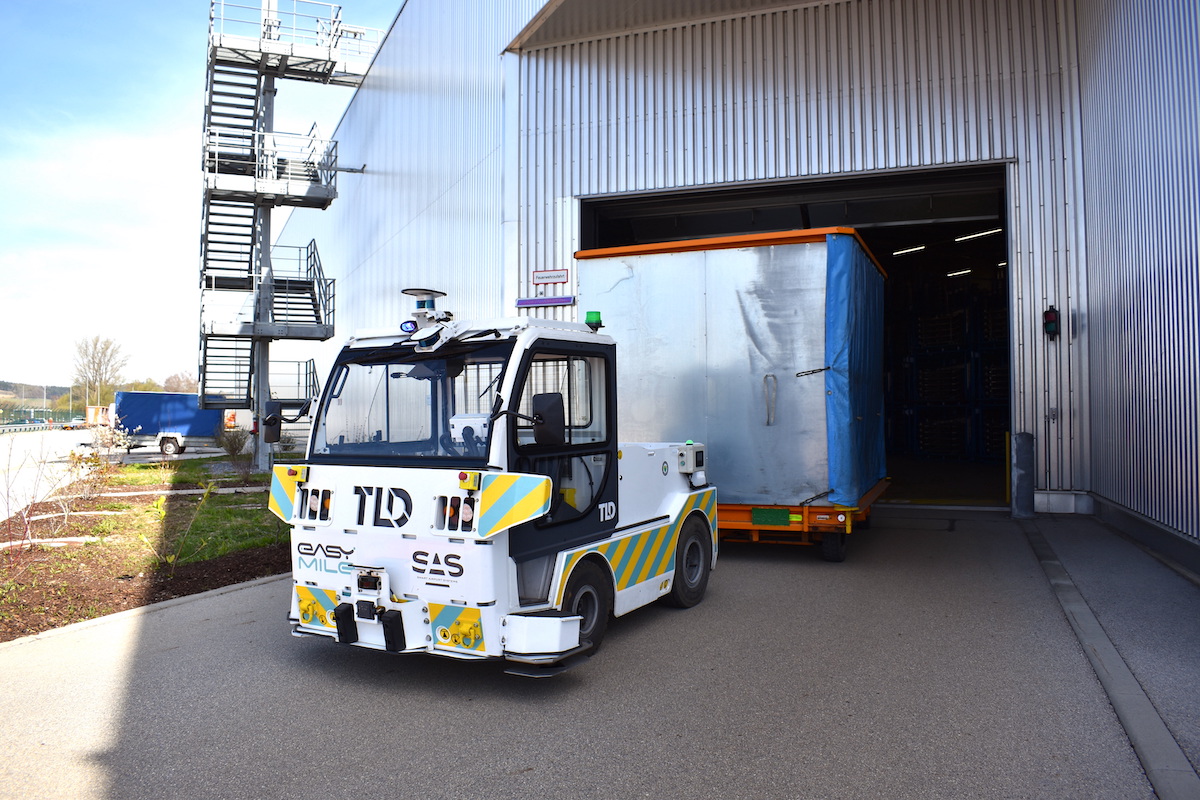What needs to be considered?
Moving materials across an industrial or private site, like a manufacturing plant or an airport, requires some thoughts upfront before getting started. Indeed, it must be consistent with the overall process flow. Therefore, significant questions include:
- How many units / packages are to be transported and what is the payload ?
- What is the targeted route & its stations expected?
- What is the distance?
- Is there a takt time to fulfill or what is the expected cycle time per trip or per hour ?
With these points answered, a big part of the solution’s selection is already sorted out.
Continuous flow vs batch flow
Here we are – The “lean manufacturing” concept born in the 50’s in Japan and practiced by the industrial company TOYOTA, who even renamed it “Toyota Production System”, and which is built on two pillars:
- Just-In Time
- Quality
Typically, these KPIs seem to be even more up-to-date with today’s emergence of mobile robotics solutions which aim to reduce “waste” :
- Time
- Space
- Repetitive tasks
- Low added value actions
Focusing on the yard part of a private site
Until now, solutions implemented to move materials, usually on pallets or trailers, were chosen at a time where outdoor mobile robots solutions just did not exist or were not as flexible and performant as today’s technology. This resulted in their capability today not always suiting the task they perform in the most optimal way, like manual, diesel heavy-duty tow tractors transporting batches.
On top of this, the evolution of market demand has triggered different logistics processes to be redefined. This is especially due to increasing customization traceability requested and needed.
However, it all relies on the logistics process itself whether, for example, the cycle time is critical or not, whether there is sufficient room to store a batch delivery at the drop-off destination or not, or whether the distance between two buildings is long enough to use a logistics train concept (e.g. TractEasy).
All of this leads to the conclusion that there is actually not a “right” solution to move goods, but that there are instead possibilities to adapt or adjust an existing process to make it right.
Sometimes, it is also a good move to rethink some potential old time logistics processes.
Horizontal transport and analogy tips
Moving goods on an industrial site can actually be performed with very versatile vehicle : Forklift truck
I would compare this to taking the STAIRS in a mall or in an airport
Best for short distances and to hurry up
If the flow does not requires a time criticality and buffer storage capacities are limited :
Yard vehicle (lorry) might be the right fit
I would compare it to taking the LIFT in a mall or an airport
Best for long distances and when not in a hurry
Now, making a parallel with “lean manufacturing”, a Tow tractor would enable a continuous flow ensuring a Just-In-Time concept and a greater quality control thanks to traceability of its carried goods.
I would compare it to taking an ESCALATOR in a mall or an airport
Different solutions for different situations
Chemical and aerospace example
In the chemical or aerospace industries, there are many horizontal flows operated by forklifts performing inter-building flows which sometimes means that the forklift drivers drive back with empty forks which is a waste of time and efficiency.
Instead, a non-time critical flow would be performed via a batch delivery into a heavy-duty tug vehicle or if that intended flow must deliver on a regular takt time, a lean solution such as the TractEasy.
In the case of very short distances to link and continuous flow needed, a forklift could be fine.

